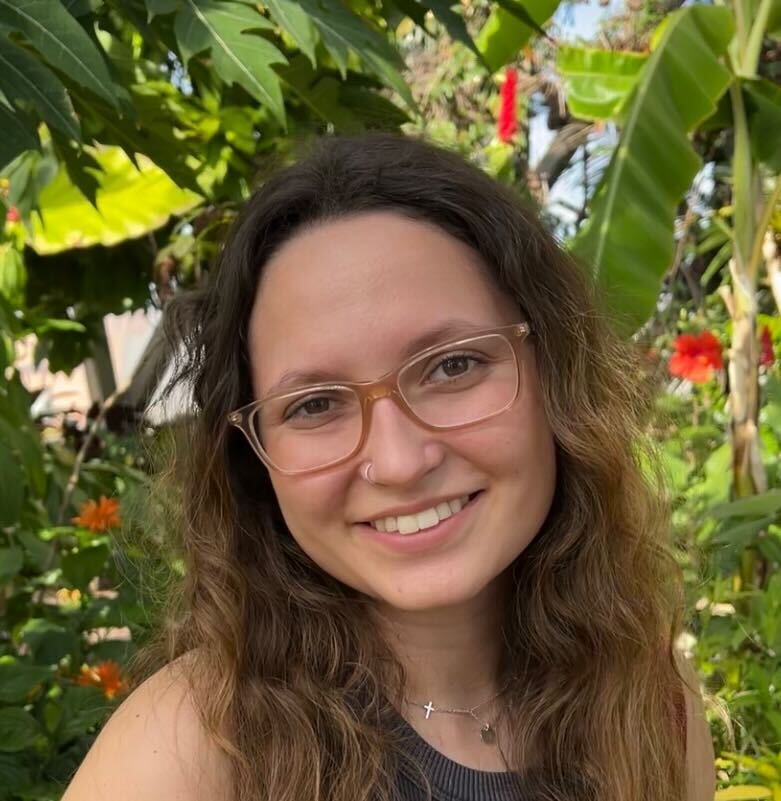Assessing Treatment Performance in Water Reuse
Potable reuse, or the practice of treating wastewater for drinking water applications, has become a critical component of many water resource portfolios. It is increasingly being used to overcome growing water shortages and to address practical demands.
Due to the high economic cost associated with RO-based treatment, many communities opt for carbon-based advanced treatment (CBAT) trains as an alternative. High virus reductions are necessary through potable reuse; it is therefore important to understand how each unit process in advanced treatment trains achieve effective pathogen removal and how to earn credits for the pathogen reductions that are achieved in these processes.
We have an ongoing project funded by the EPA and in collaboration with Southern Nevada Water Authority (PI Daniel Gerrity), Trussell Technologies (PI Brian Pecson), Drexel University (PI Charles Haas), and EOA (PI Adam Olivieri) on this topic. The project builds upon our current understanding of virus fate during wastewater and advanced water treatment to develop log reduction crediting frameworks built on quantitative relationships between virus attenuation, operational conditions, and surrogate parameters. Specifically, we are focused on secondary biological wastewater treatment, coag/floc/sed (upstream of ozone-BAC), and sub-residual ozone dosing because these processes lack virus crediting frameworks for water reuse. We anticipate that the performance of each of these under-credited unit processes can be characterized by water quality and operational parameters, such as pH and temperature.
Wiggi Group Members
Collaborators
-
Daniel Gerrity | Southern Nevada Water Authority/University of Nevada, Las Vegas
Charles Haas | Drexel University
Brian Pecson | Trussell Technologies Inc.
Adam Olivieri | EOA -






